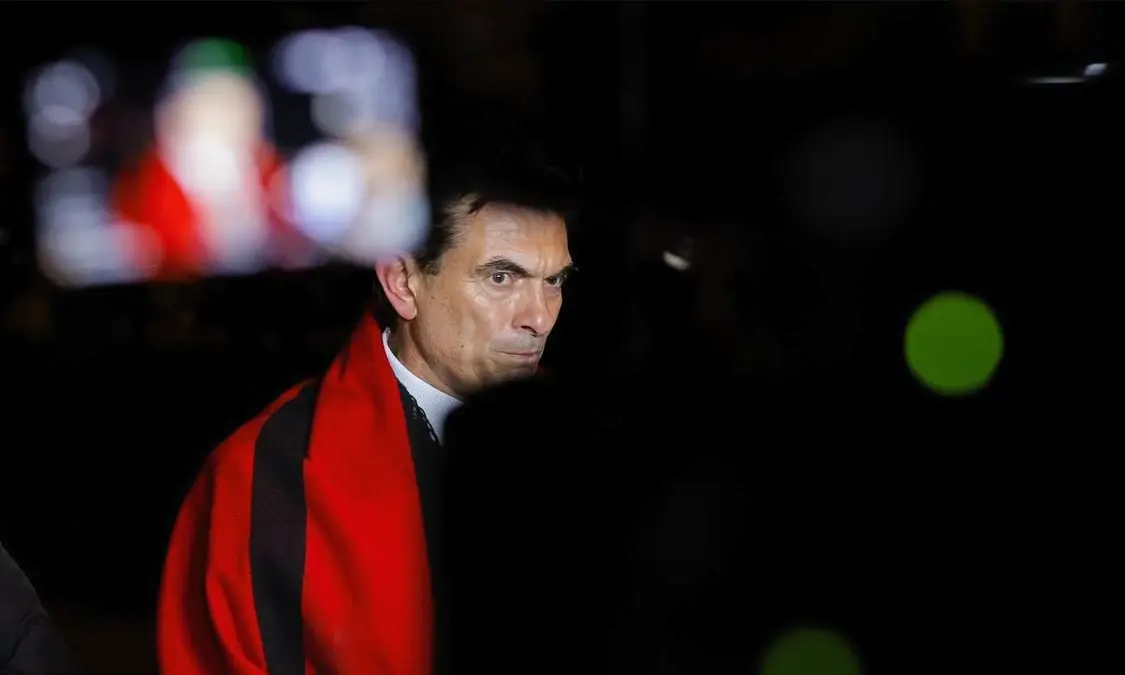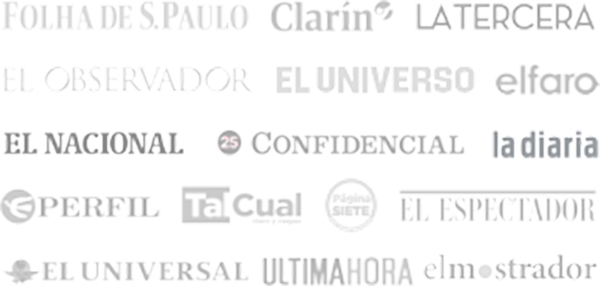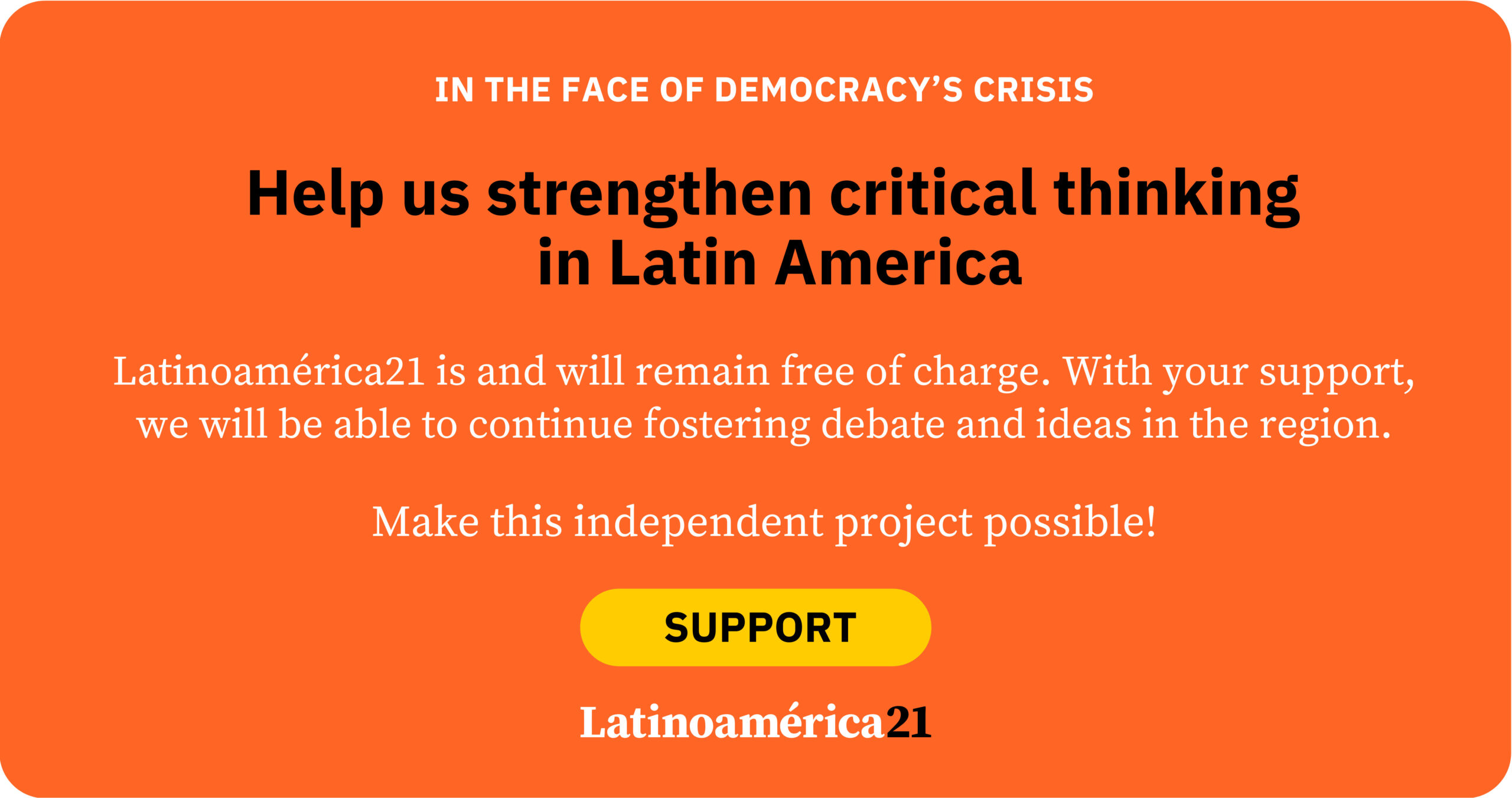Last Sunday, Bolivia went to the polls to elect a president, vice president, and 130 legislators, including senators and deputies. The results were surprising: Rodrigo Paz of the Christian Democratic Party (PDC) won with 32.1% of the vote, despite not being ranked as the frontrunner in any of the more than 18 polls conducted. The favorites, Tuto Quiroga and Samuel Doria Medina, received 26.8% and 19.8% of the vote, respectively. Meanwhile, although somewhat expected yet still shocking, the Movement for Socialism (MAS) suffered its most humiliating defeat: after nearly 20 years as a dominant party, it garnered just 3.2% of the vote and secured only one seat in the legislature.
What happened? How did Rodrigo Paz manage to win the election? And how did the right-wing opposition end up losing? Throughout the campaign, Samuel Doria Medina of National Unity and Tuto Quiroga of LIBRE consistently led the polls as the main alternatives to MAS. Early this year, there was growing anticipation around a possible opposition alliance to “stand up to MAS.” That effort collapsed, however, and the public’s perception of both candidates deteriorated as their personal ambitions clashed—ironically creating an opening for MAS to potentially cling to power.
Once the campaign was underway, Quiroga and Doria Medina, convinced by the polls that they would make it to a runoff, turned against each other. On social media, a smear war erupted with false news and mutual slander. While these two candidates weakened each other, Rodrigo Paz stayed above the fray, managing to deliver his message with little turbulence. Paz offered a platform he described as “capitalism for everyone,” or platita para todos (“money for all”), promising more subsidies, as well as lower taxes and tariffs. This placed him closer to the statist left than to the liberal market-oriented stance of Tuto and Samuel.
Amid an ongoing economic crisis, many Bolivians felt that policies were needed to reactivate the economy and stabilize the exchange rate. A significant portion of the middle and lower classes feared that the proposed economic shock measures would worsen their already precarious situation. Both Quiroga and Doria Medina openly embraced the radical proposals of Argentina’s president Javier Milei as their model. Paz, by contrast, offered a more moderate alternative, attracting much of the electorate.
Another key dimension of this election was the projection of political renewal. On the left, figures such as Eduardo del Castillo and Andrónico Rodríguez—both under 40 and emerging from the MAS ranks—sought to embody generational change. But del Castillo was weighed down by his association with Arce’s unpopular government, while Rodríguez faced criticism from the right for his ties to Morales, even as Morales himself accused him of betrayal. On the right, renewal was nonexistent: both Quiroga and Doria Medina were veterans of the pre-Evo Morales party system, recycling old formulas such as privatization and free-market economics.
In this context, the PDC ticket of Rodrigo Paz and Edman Lara was well positioned. While Paz is a seasoned politician with 26 years of experience, mostly as a subnational leader, Lara—a former police captain—was a classic outsider. With an active presence on social media, he had built a reputation as a crusader against corruption, after denouncing fellow police officers for misconduct. In August 2024, he was permanently dismissed from the Bolivian police force.
Looking at the results by region reveals the territorial fault lines in Bolivian politics. The PDC, like MAS before it, secured victories in departments such as Oruro, Potosí, and La Paz, along with the populous city of El Alto, where it won over 45% of the vote. By contrast, Quiroga and Doria Medina performed strongly in Santa Cruz, Beni, Pando, and Tarija—the so-called media luna—a region traditionally resistant to candidates from western Bolivia.
Rodrigo Paz and Tuto Quiroga will now face each other in a runoff on October 19. Paz’s challenge will be to expand his support in Santa Cruz and wealthier urban areas, while Quiroga must convince middle- and lower-income sectors that market-oriented reforms can serve as a viable alternative to MAS without undermining the poor.
After nearly two decades, Bolivians have chosen to close the MAS chapter in power and begin a new one—not defined by extremes, but by a turn toward the political center. This is a positive sign at a moment of deep national crisis.
*Machine translation, proofread by Ricardo Aceves.













